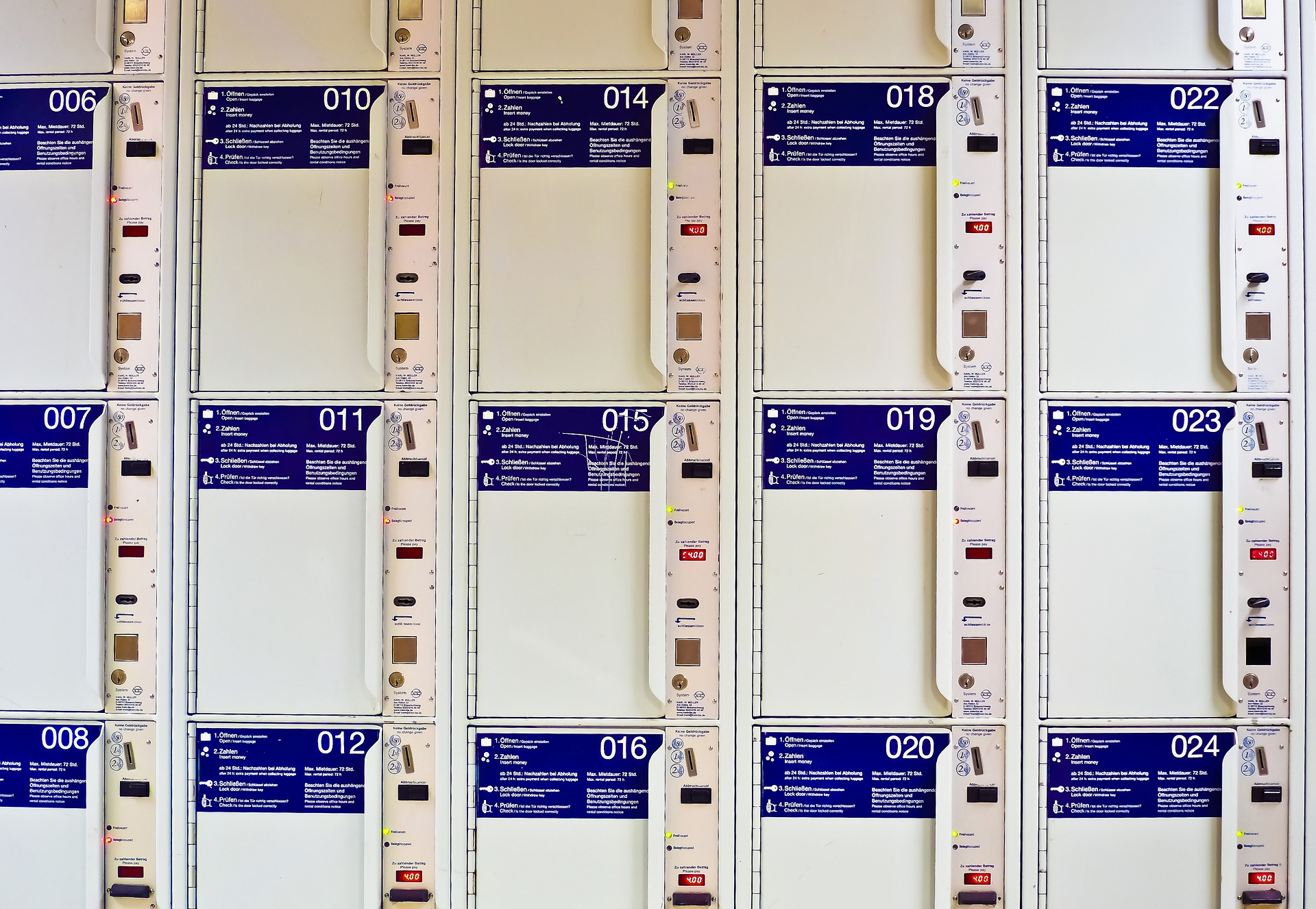Sustainable Packaging Trends for the Modern Logistics Industry
- 14 Nov 2024
- Articles
The modern logistics industry is continuously evolving to address growing concerns about environmental sustainability. Packaging plays a crucial role in this shift as businesses increasingly focus on reducing waste, minimizing carbon emissions, and conserving resources. Here’s an in-depth look at the top sustainable packaging trends shaping the logistics landscape.
1. Biodegradable and Compostable Materials
One of the most promising trends in sustainable packaging is the shift toward biodegradable and compostable materials. These materials, made from natural sources such as cornstarch, bagasse (sugarcane waste), and mushroom mycelium, break down naturally and reduce waste. Unlike traditional plastic packaging that lingers in landfills, biodegradable materials decompose quickly, making them an eco-friendly option. Compostable packaging is particularly valuable in e-commerce and food logistics, where single-use items are prevalent. However, the logistics industry still faces challenges, such as ensuring these materials meet durability standards during transit. Thermal packaging by Woolcool is also gaining traction in the logistics industry, offering an eco-friendly alternative to traditional insulating materials by using wool, a renewable and biodegradable resource.
2. Reusable Packaging Solutions
Reusable packaging is becoming popular as businesses look to reduce the volume of single-use materials in circulation. This trend involves creating durable, returnable containers and packages that can withstand multiple shipping cycles. Examples include reusable crates, pallets, and tote bags, which are commonly used in industries like automotive, electronics, and retail. Reusable packaging is an ideal solution for companies with closed-loop systems, such as grocery delivery services or B2B logistics networks. It minimizes waste, saves money in the long term, and reinforces brand commitment to sustainability.
3. Lightweight Packaging to Reduce Carbon Emissions
Lightweight packaging helps reduce shipping costs and lowers carbon emissions by decreasing the fuel required for transportation. Logistics companies are now prioritizing materials that maintain durability while reducing weight, such as recycled paper, corrugated cardboard, and innovative bio-materials. Lightweight packaging not only helps in fuel efficiency but also supports cost-saving, making it a preferred choice for businesses aiming to improve both sustainability and profitability.
4. Smart and Minimalist Packaging Design
Minimalist packaging design is gaining traction as companies seek to eliminate excessive materials. Reducing packaging size and volume also minimizes resource use and waste. Many businesses are designing smarter packaging that protects items with less bulk, making them easier to ship and store. Furthermore, minimalist packaging often resonates with eco-conscious consumers who appreciate brands committed to reducing their environmental impact. As this trend gains popularity, many companies now provide packaging that doubles as storage or display, further reducing waste.
5. Recycled and Upcycled Materials
Using recycled and upcycled materials is another important trend in sustainable packaging. Recycled materials like post-consumer plastics, recycled paper, and cardboard are increasingly being used in packaging designs. Upcycled materials—repurposed from what would otherwise be waste—are also being used creatively, resulting in unique packaging options that reduce landfill contribution. This trend not only conserves resources but also supports the circular economy, a critical factor for companies aiming to create a positive environmental impact.
6. Edible Packaging for Food and Beverage Logistics
Edible packaging, made from materials like seaweed, rice paper, and even milk proteins, is emerging in the food and beverage industry. Though still in its early stages, edible packaging could offer a zero-waste solution for transporting consumables. While more research is needed to make this trend widely applicable, it represents a promising innovation that could drastically reduce packaging waste in the future.
Conclusion: The Road Ahead
The shift to sustainable packaging in logistics is not just a trend; it’s becoming a necessary standard for the industry. As companies continue to innovate, we’ll see even more eco-friendly solutions. Logistics companies can significantly reduce their environmental footprint by adopting biodegradable materials, reusable packaging, lightweight options, and other green initiatives. Embracing these sustainable packaging trends is not only good for the planet but also enhances brand image, meeting the growing consumer demand for eco-conscious practices.








